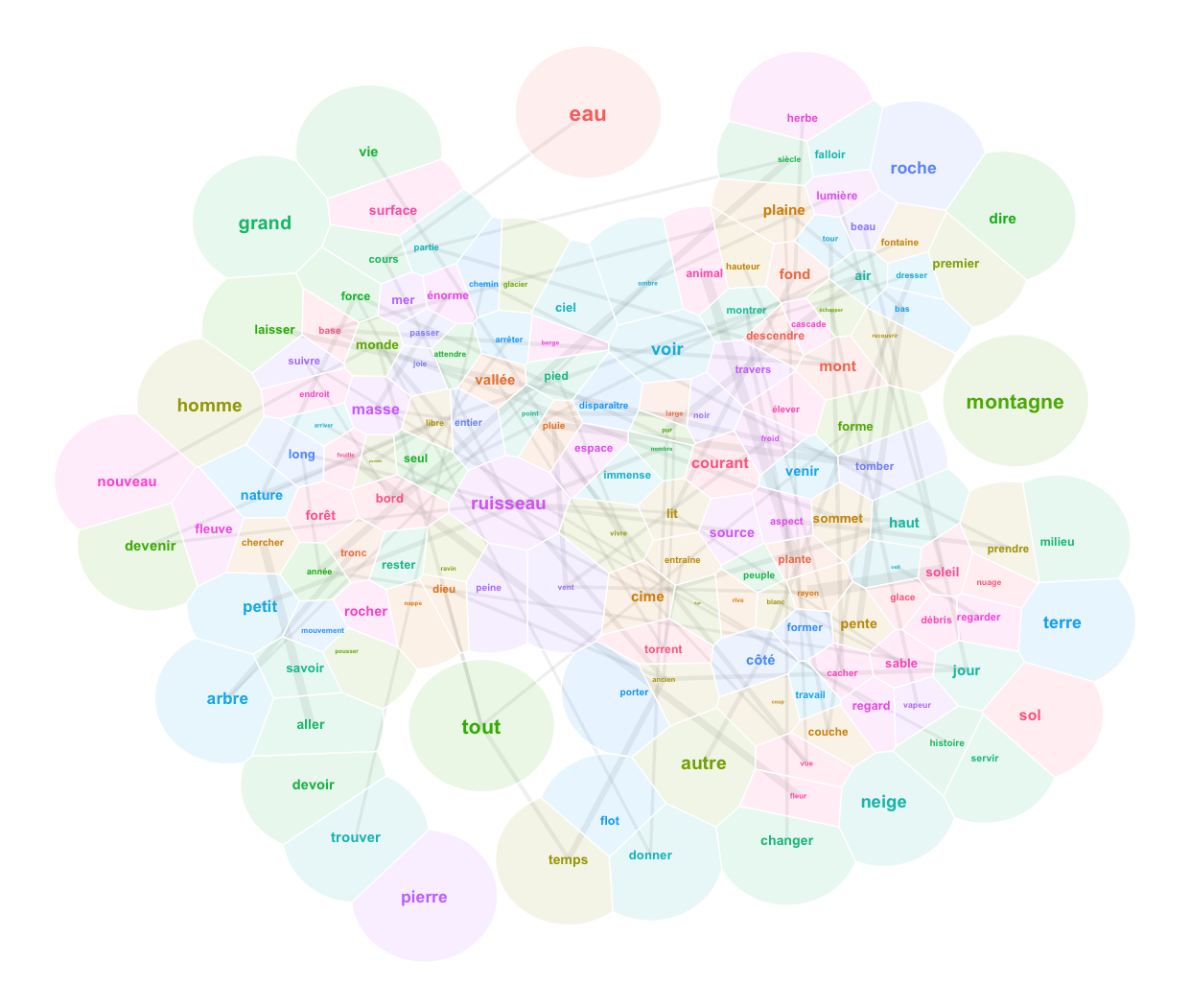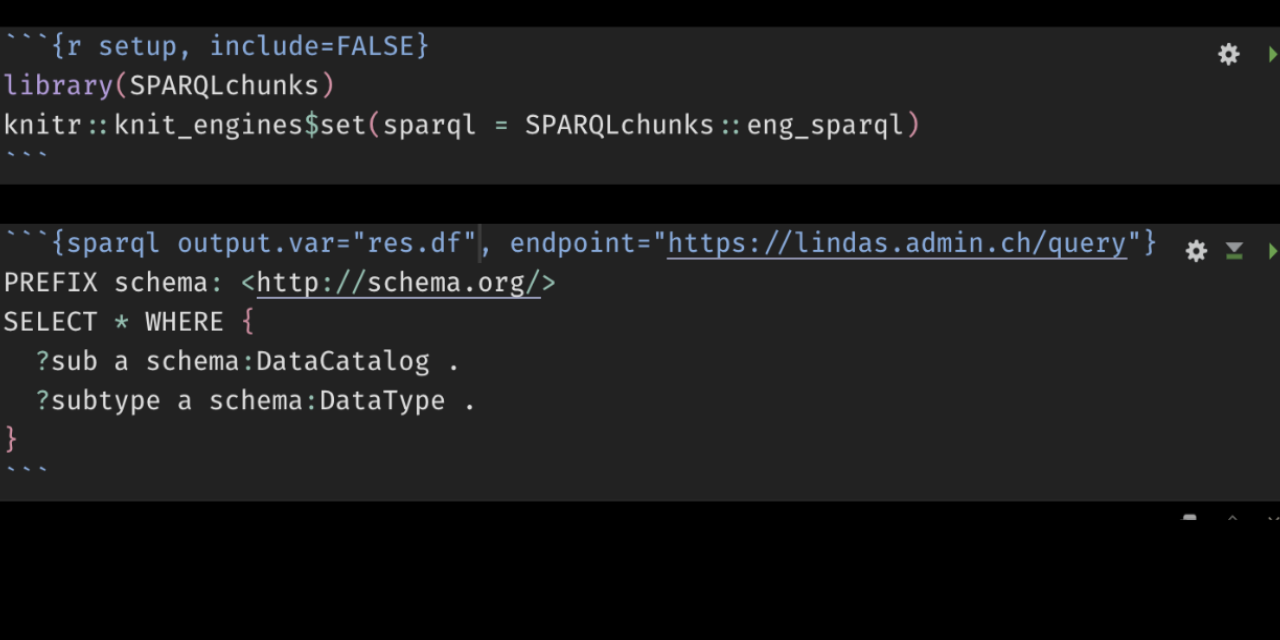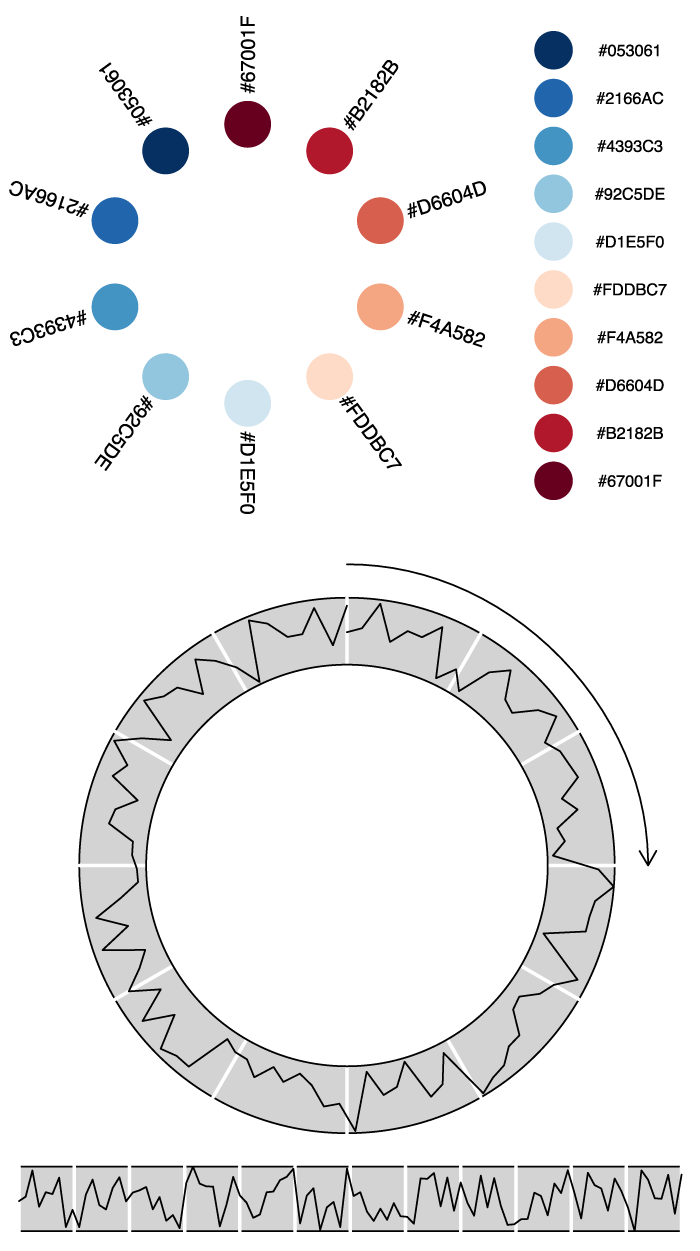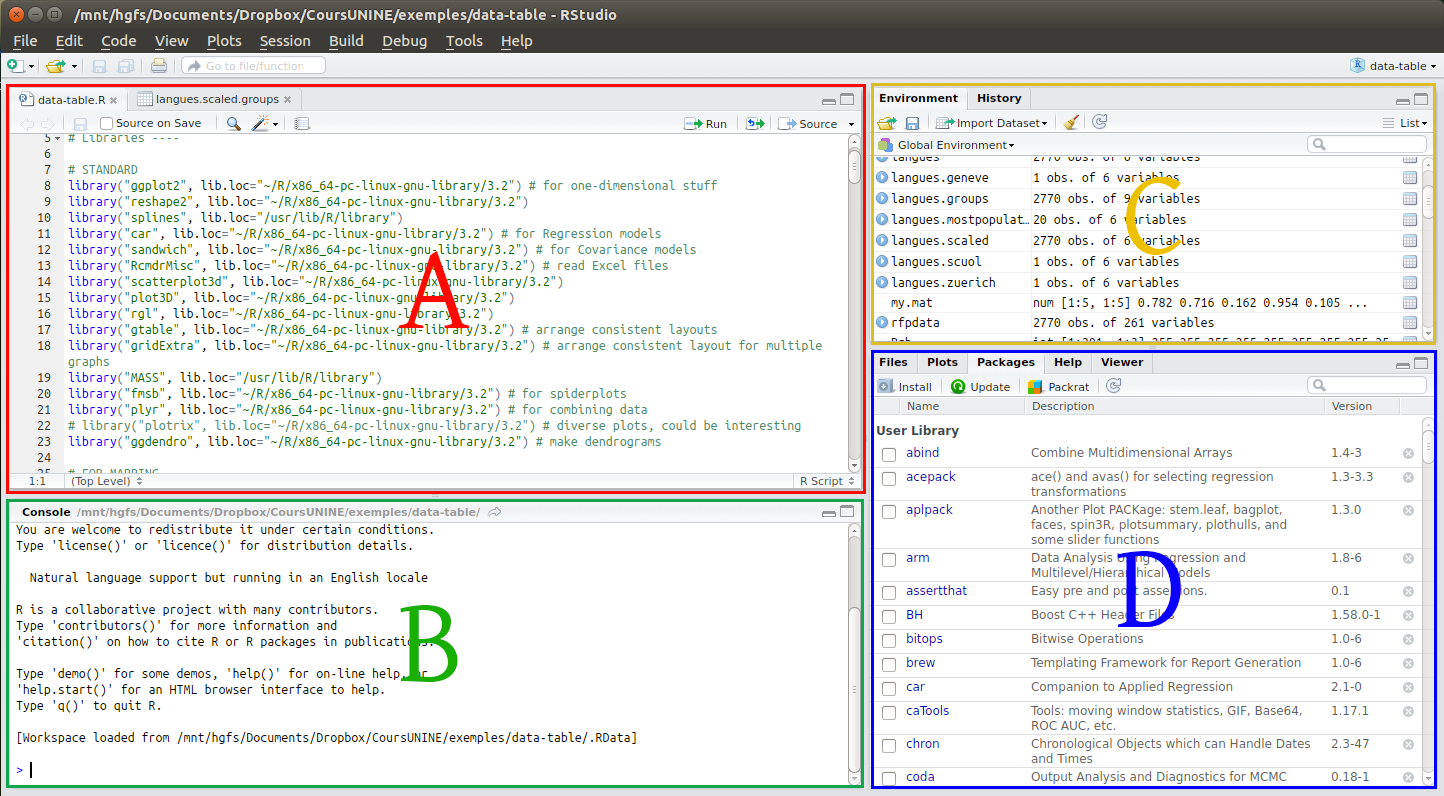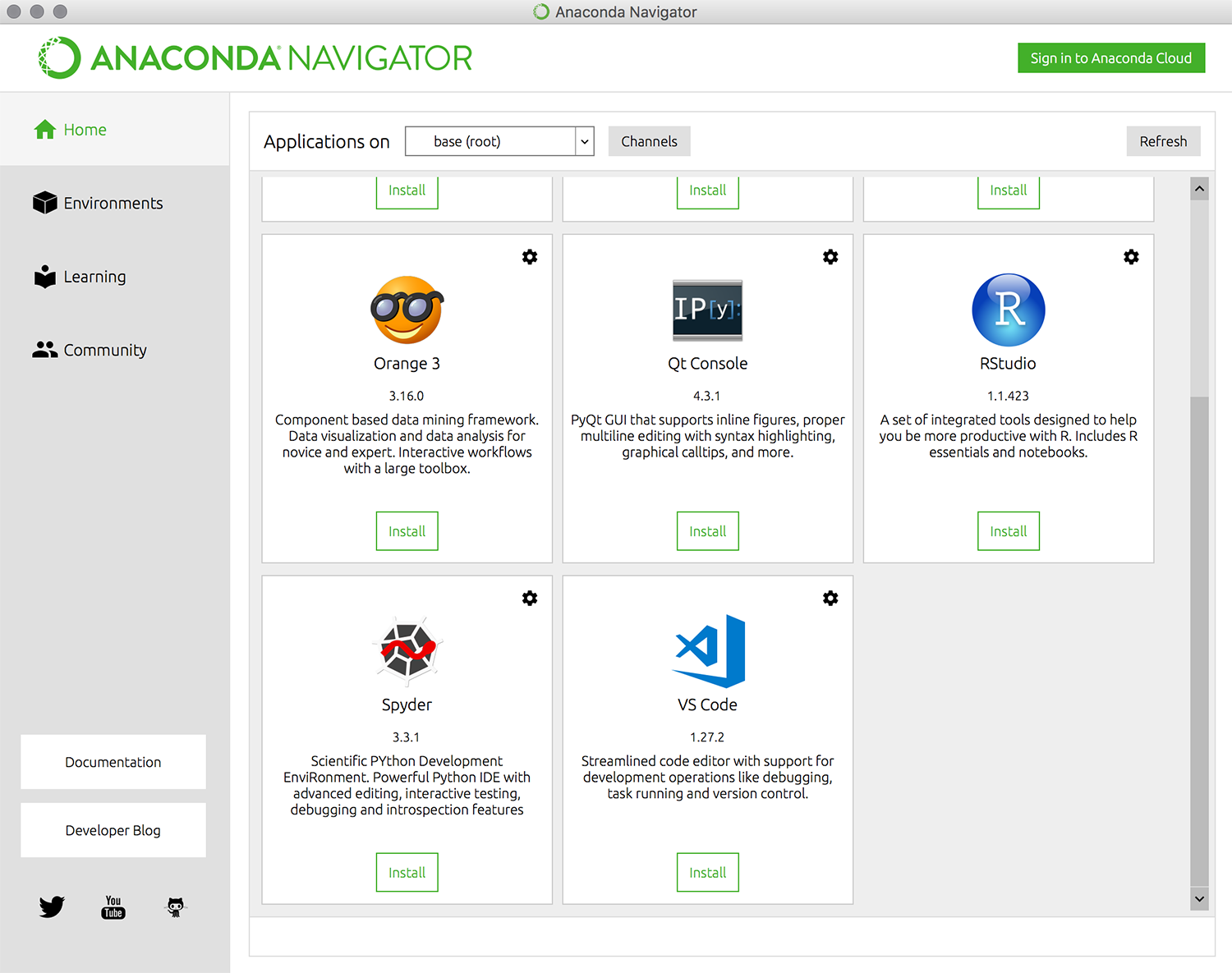You will find no realistic landscapes prior to the Renaissance. The saints of medieval murals float in a conceptual space informed by hierarchies and symbolic relations; so do those of the Prajñāpāramitā Sūtras. The word “landscape” appears with the Dutch painters of the 15th century. A landscape is a part of the world perceived by […]
Tag Archives: R
Execute SPARQL chunks in R Markdown
Coding in R is useless without interesting research questions; and even the best questions remain unanswered without data. RStudio provides a number of convenient ways to acces data, among which the possibility to write SQL code chunks in Rmarkdown, to run these chunks and to assign the value of the query result directly to a […]
Radar charts with R
Radar charts, also called spider charts, serve to compare profiles of individuals. They are most useful if every profile is compared to an average profile. They are most pertinent when the order of the axis has an inherent sense, such as cardinal directions, the surroundings of an individual (the level of noise from left, right, […]
Workshop Poliphilo 2 : première partie
Ceci est la seconde édition du workshop créé par l’auteur pour le laboratoire d’architecture ALICE (EPFL-ENAC) dans le cadre du projet de recherche et d’enseignement POLIPHILO. Le premier workshop demeure disponible en ligne. Première partie Dans cette première partie, nous allons étudier les diverses relations spatiales entre les lieux. Vos données Pour la suite de […]
Draw anything you want with R on the Cartesian grid
Most of the graphics documenation in R is dedicated to high level plotting packages that sometimes remind me of LaTeX: you spend less time producing graphical elements you need than getting rid of elements you have not asked for. Some of these packages are great, of course, and you should definitely use them for well […]
Repair a pandoc-generated LaTeX table with R
Pandoc is a great piece of software but it is not always kind to HTML tables when converting to LaTeX. Especially tables containing <tr> elements with rowspan or <td> elements with colspan attributes end up as sequences of lines of text, not embedded in a table environment like longtableand devoid of both line endings (\\) […]
Text Mining: Detect Strings: Very Fast Word Lookup in a Large Dictionary in R with data.table and matrixStats
Looking up words in dictionaries is the alpha and omega of text mining. I am, for instance interested to know whether a given word from a large dictionary (>100k words) occurs in a sentence or not, for a list of over 1M sentences. The best take at this task is using the Julia language, but […]
Premiers pas avec R et RStudio
Cet exercice a pour préalable d’avoir installé R et RStudio. Se familiariser avec l’interface Ouvrez RStudio. Vous devriez voir l’interface comme à l’image ci-dessous, pour l’heure sans la partie A. La partie C est en principe vide: Les fonctions de ces différentes parties sont les suivantes: Exécutez des lignes de codes dans la console (B) […]
Installer R et RStudio comme logiciels indépendants
R est un langage de programmation. Pour que les programmes écrits en R fonctionnent, il est nécessaire d’installer au préalable un environnement d’exécution pour ce langage. RStudio est un environnement de développement (en anglais: IDE: Integrated development environment) pour R. Installer l’environnement d’exécution du langage de programmation R Vous pouvez installer R et RStudio comme […]
Installer Orange Data Mining avec Miniconda
Installer Miniconda Conda est disponible en deux versions : Miniconda et Anaconda. Miniconda n’inclut que les modules essentiels au premier téléchargement. Anaconda est plus complet et vous évite peut-être des téléchargements ultérieurs, mais pèse 4Go sur votre disque dur… Pour macOS Suivre les instructions sur https://conda.io/docs/user-guide/install/macos.html. Vous pouvez ignorer la partie consacrée à l’installation silencieuse […]
